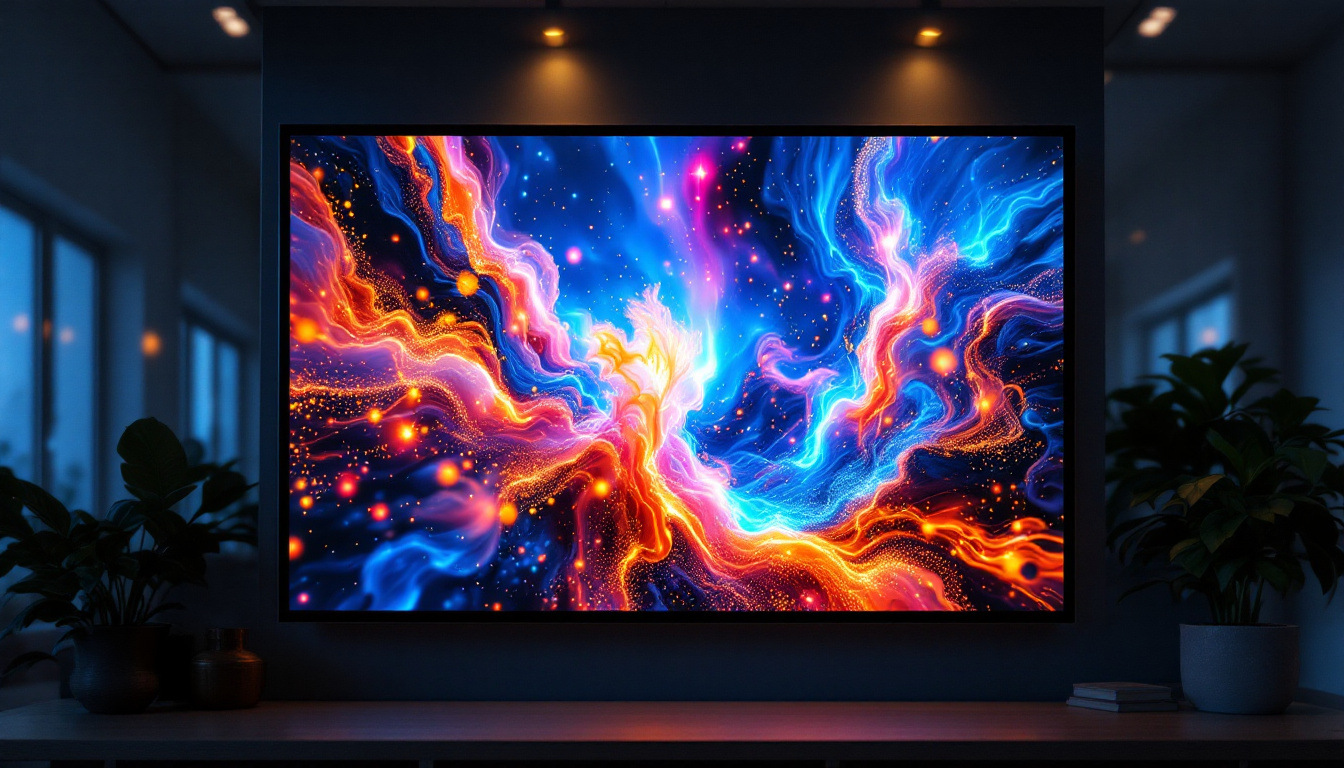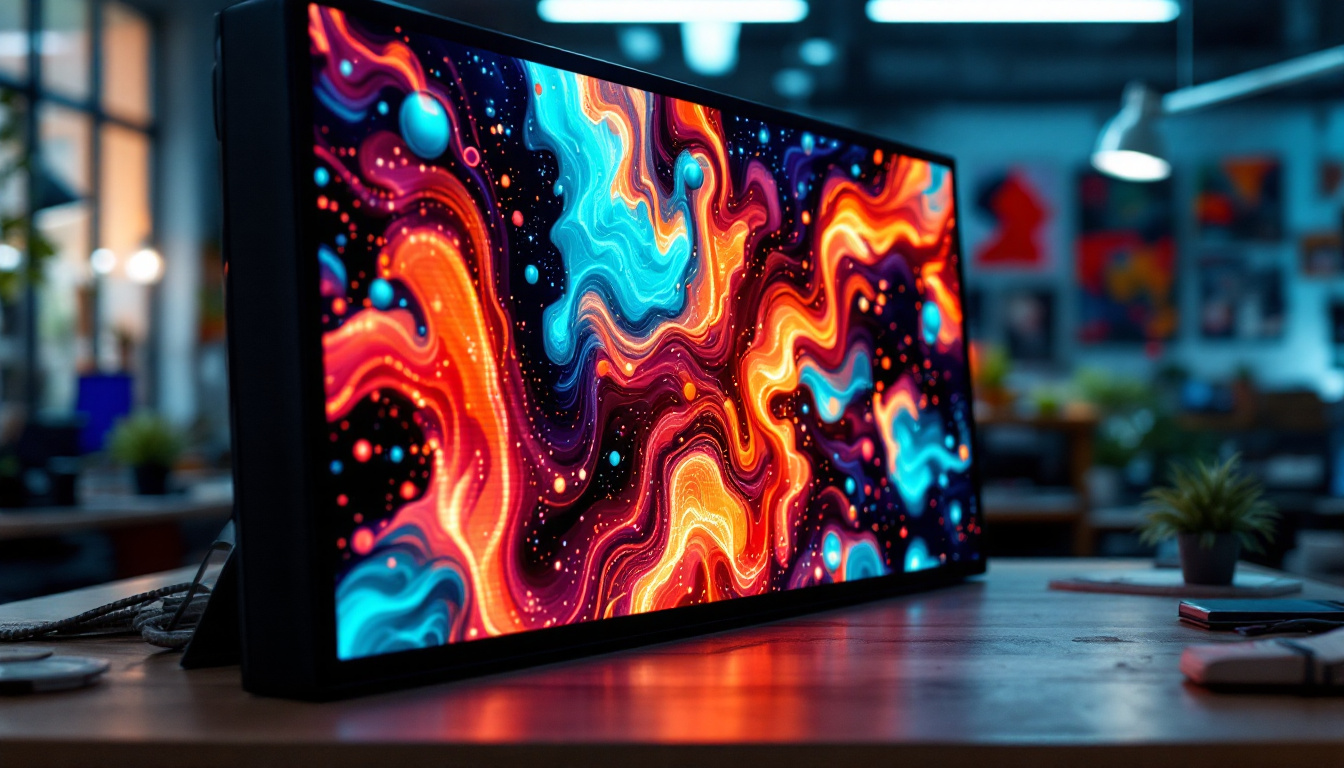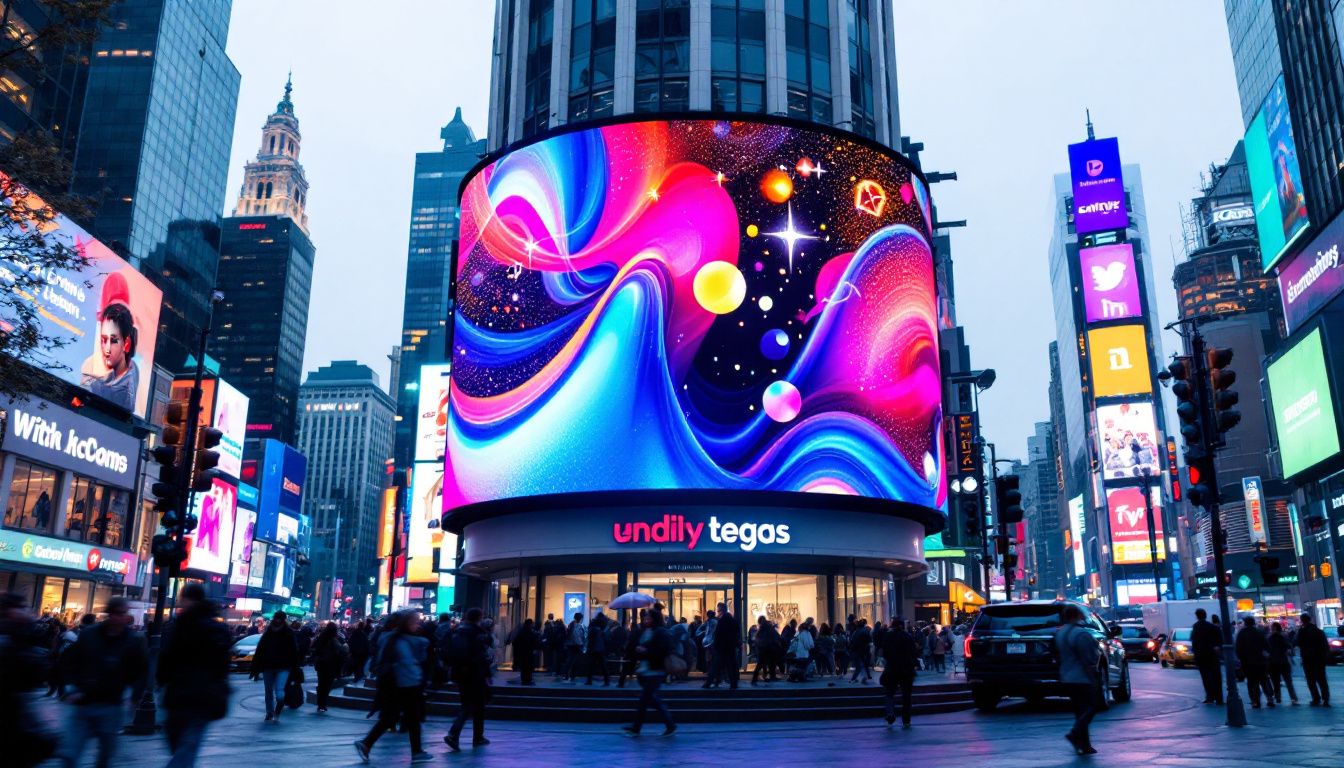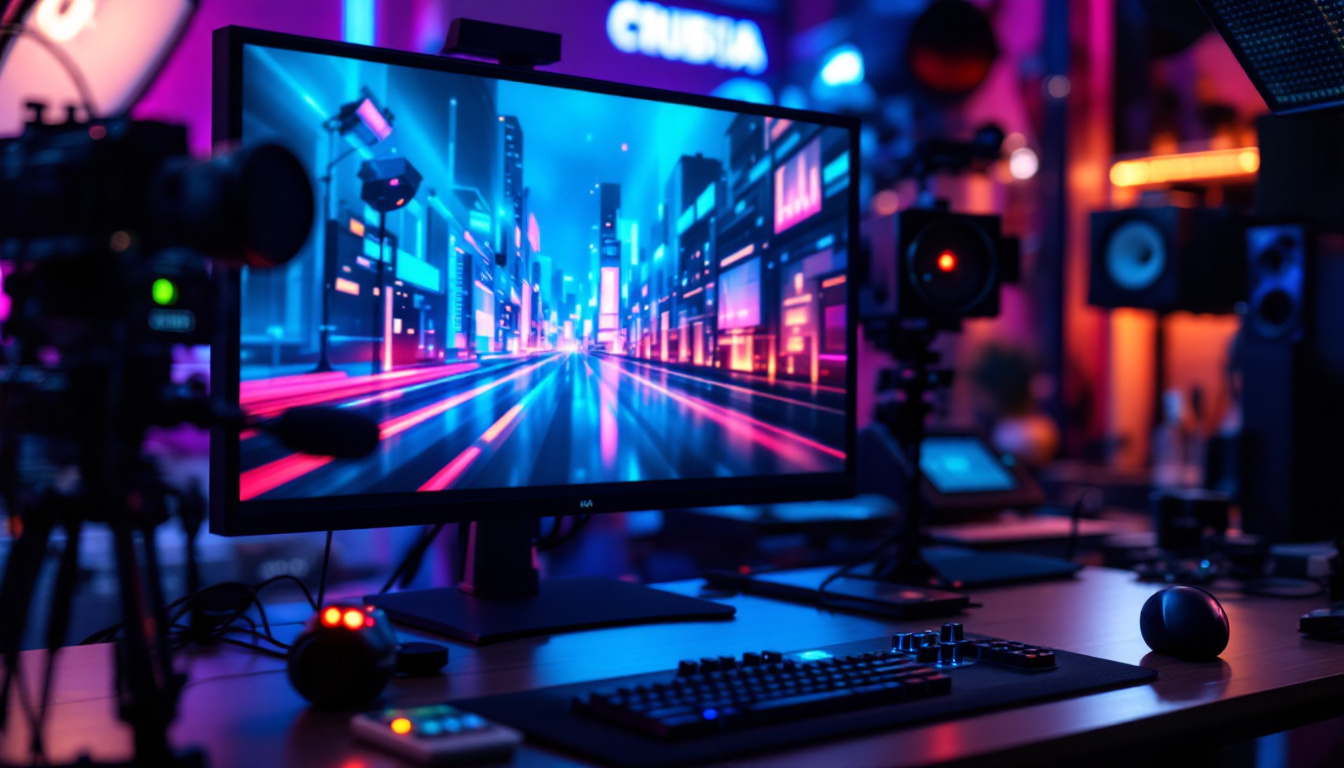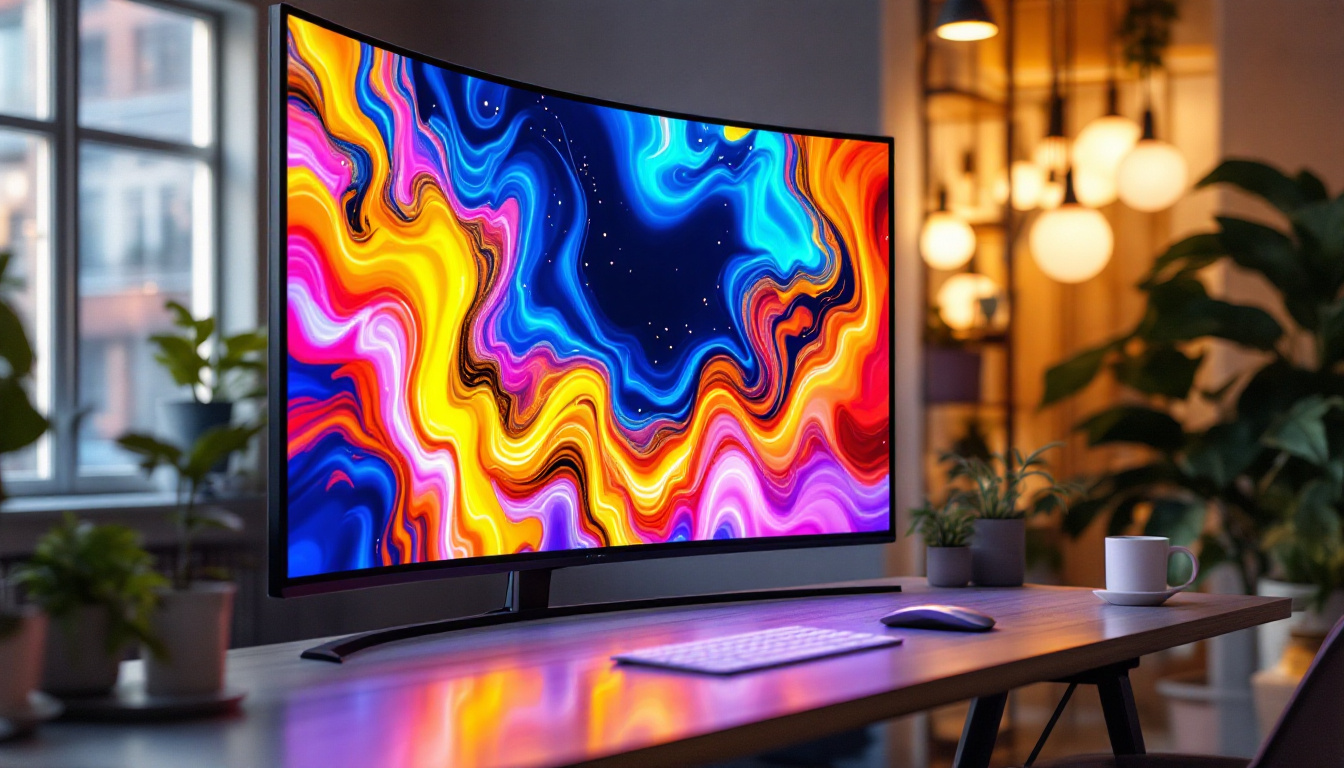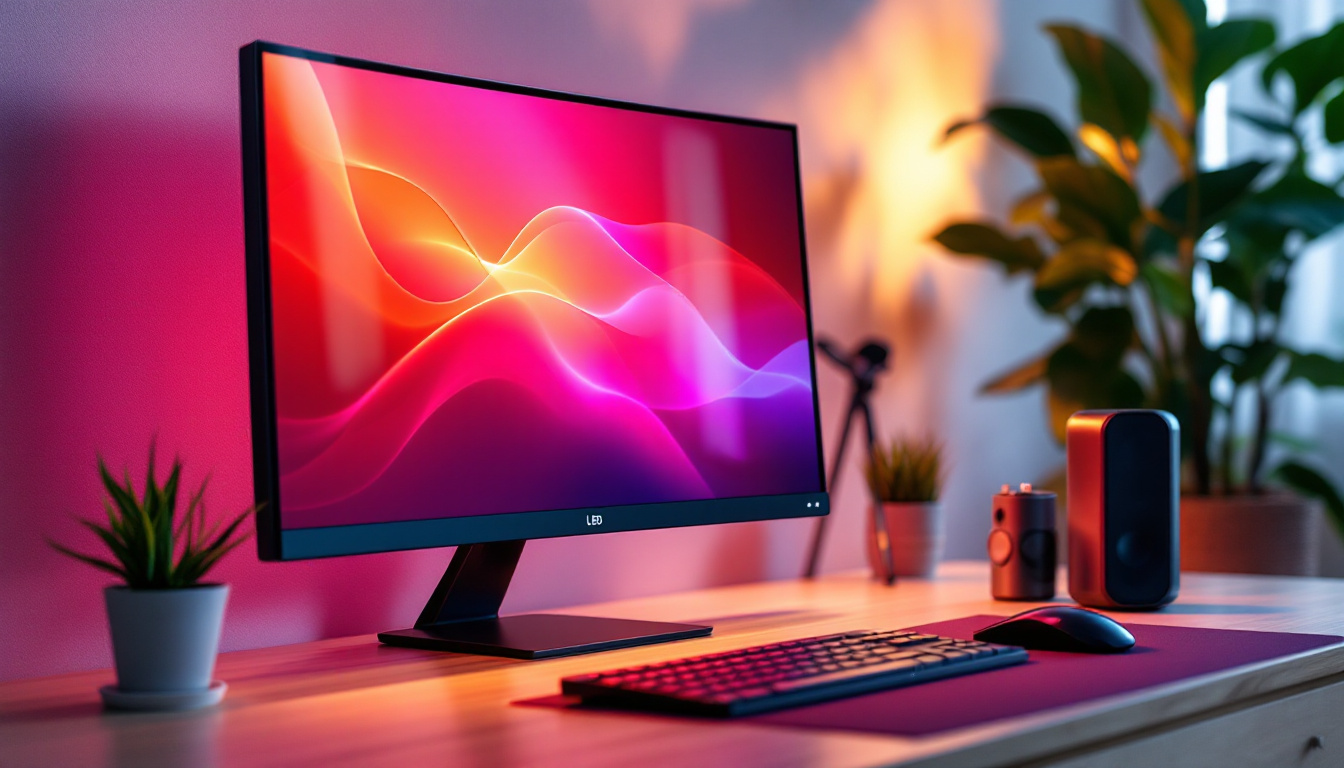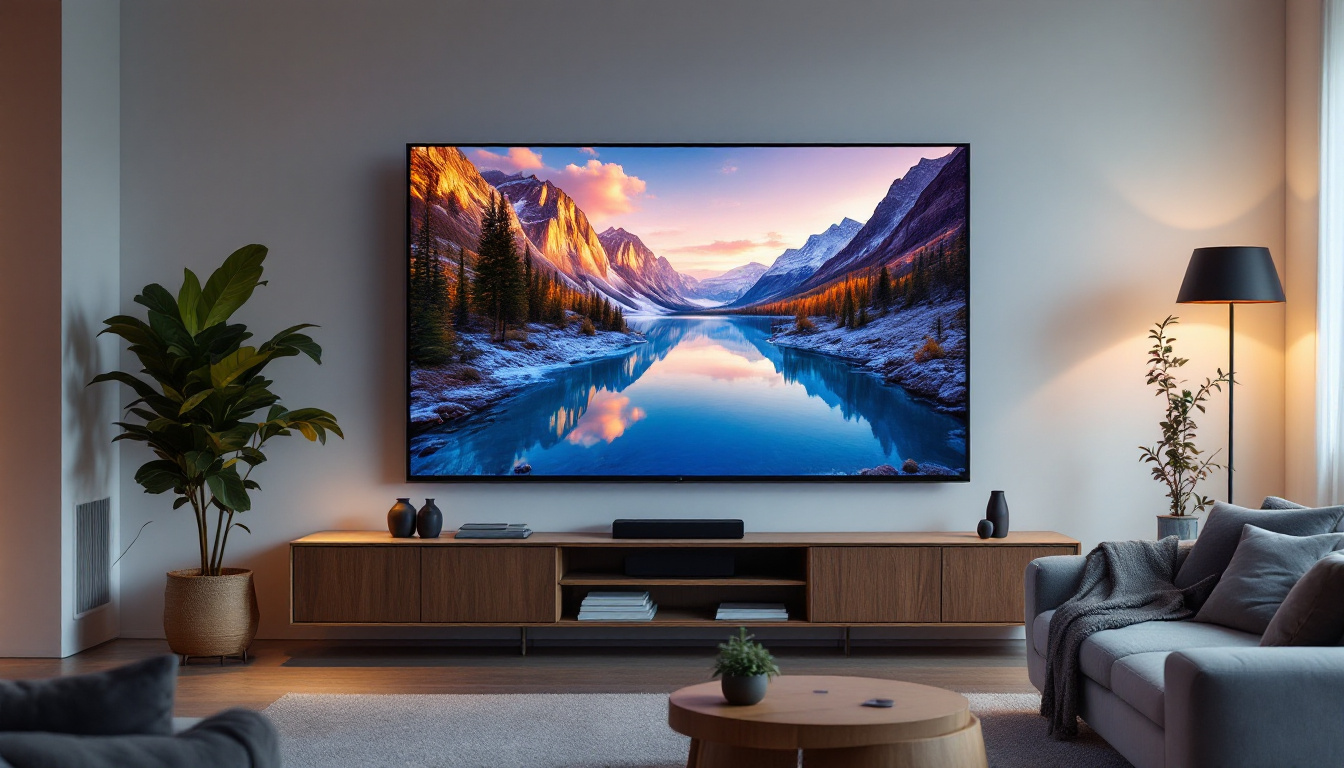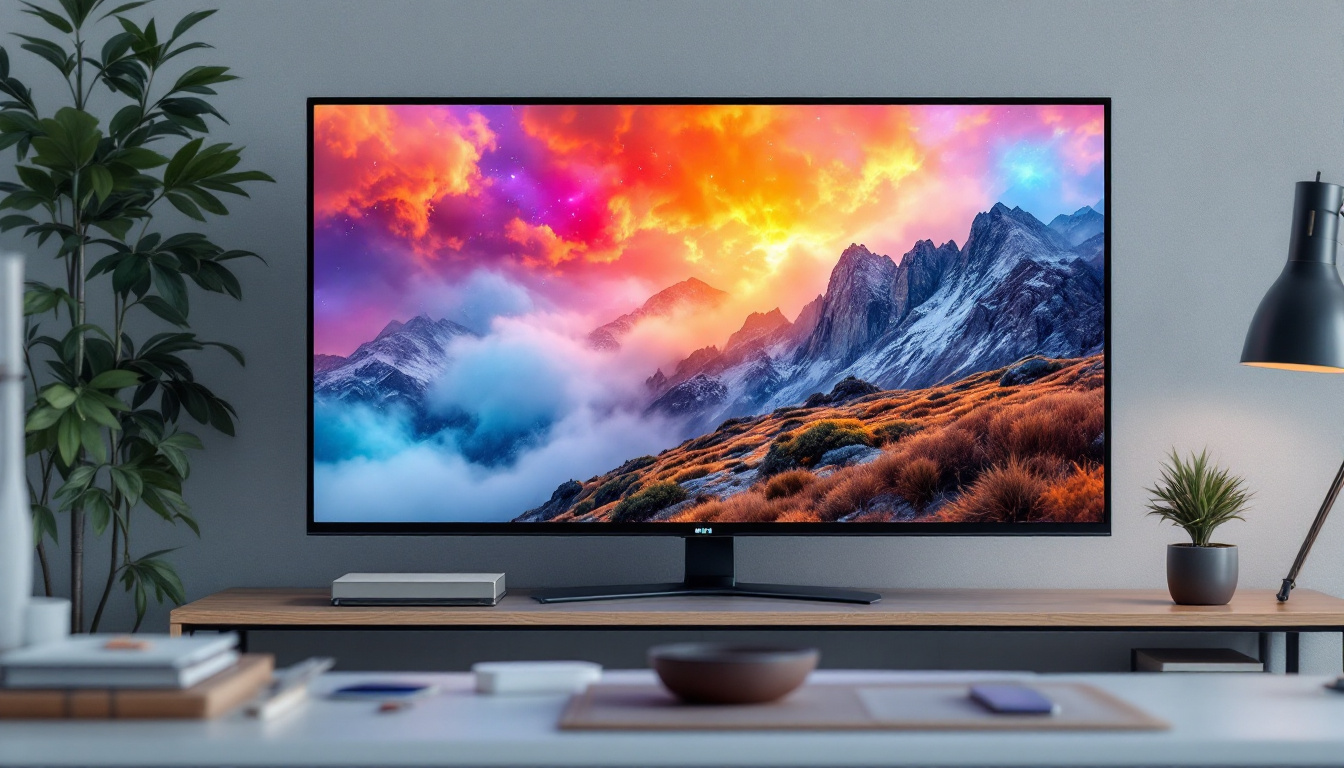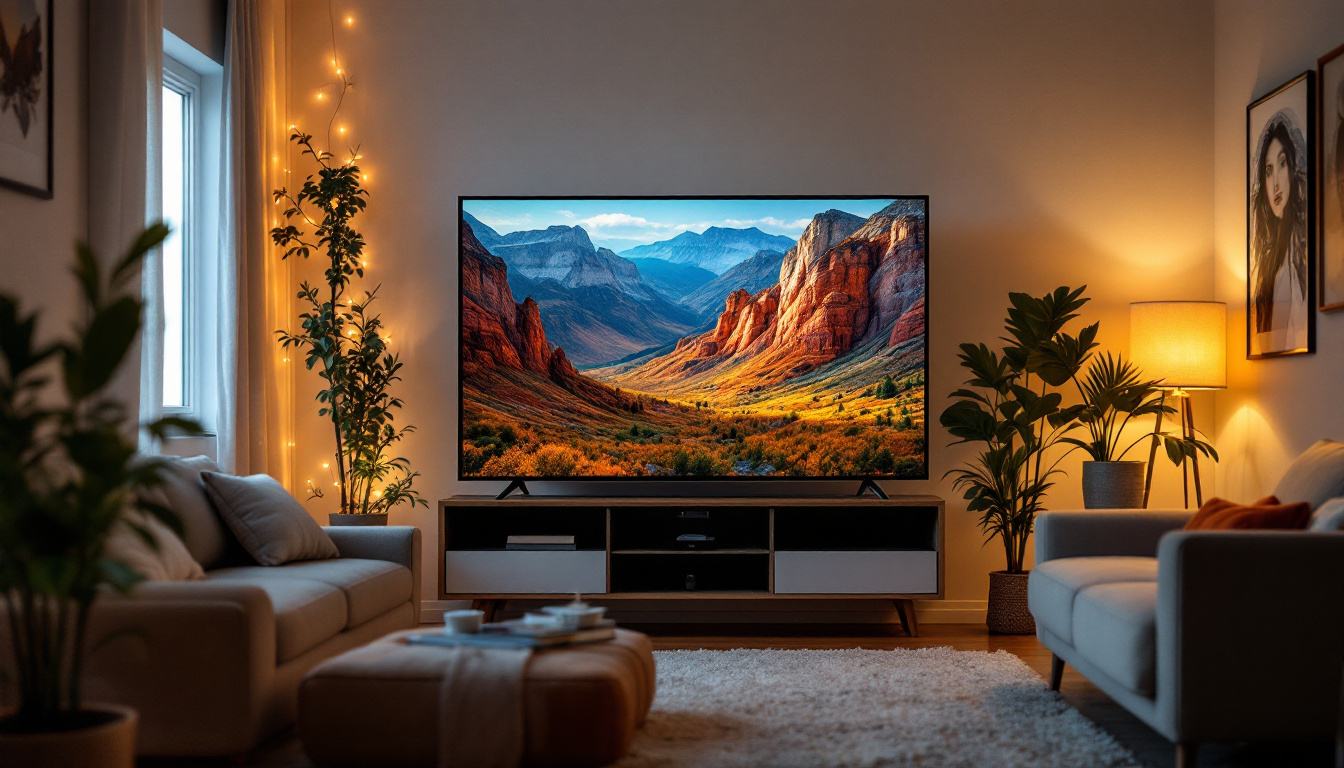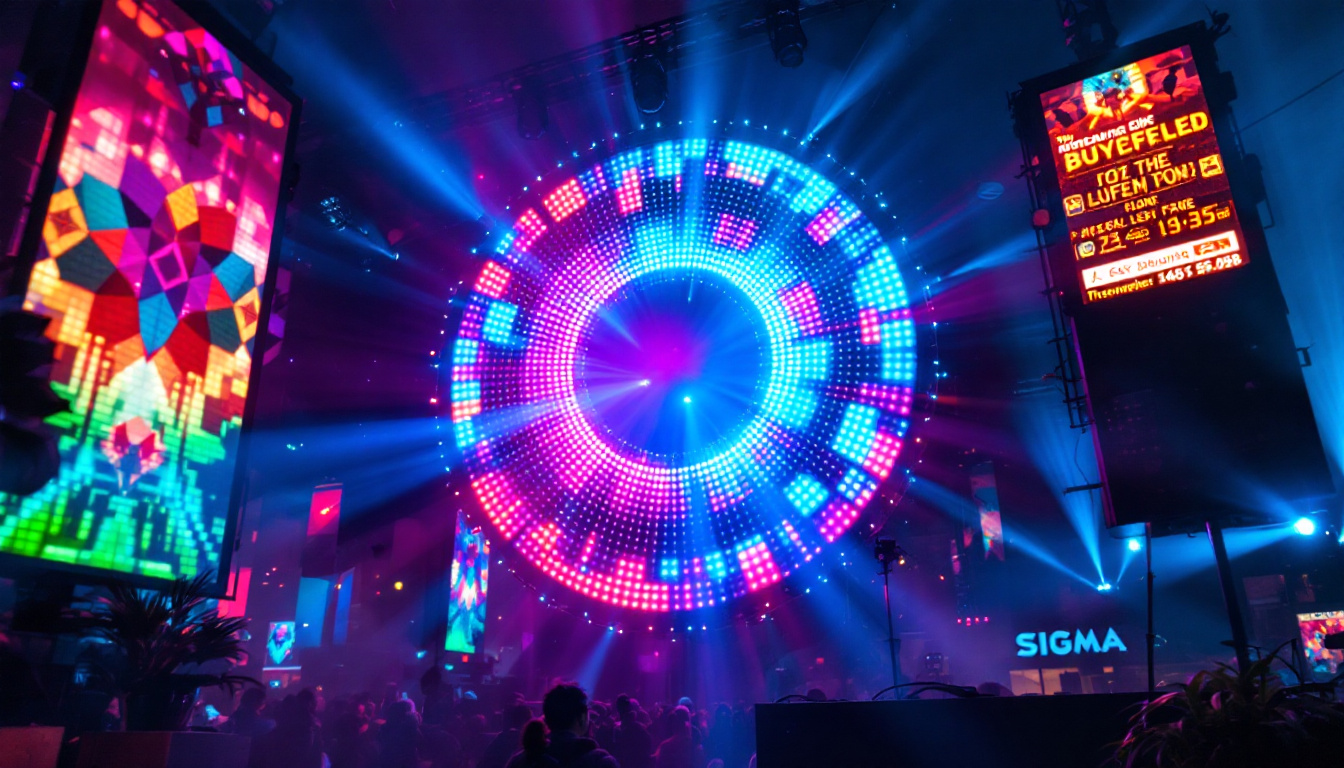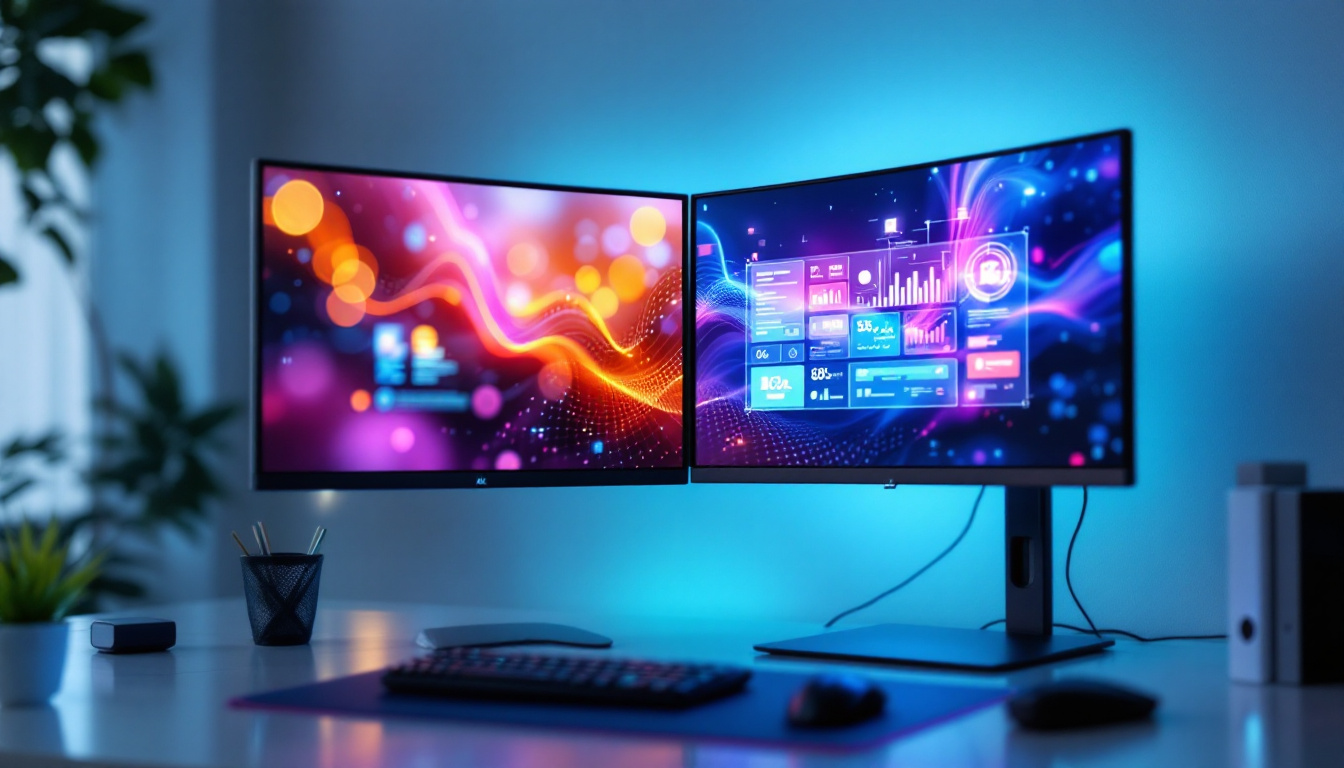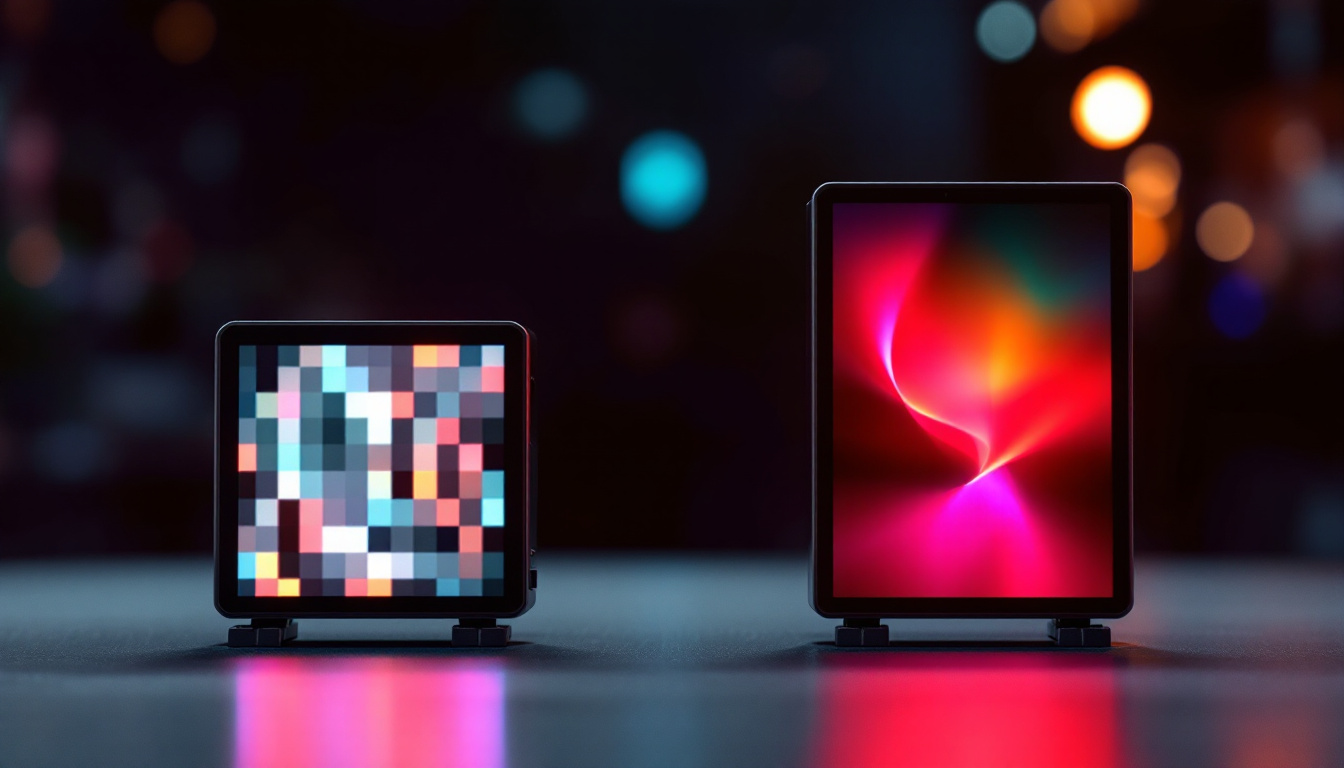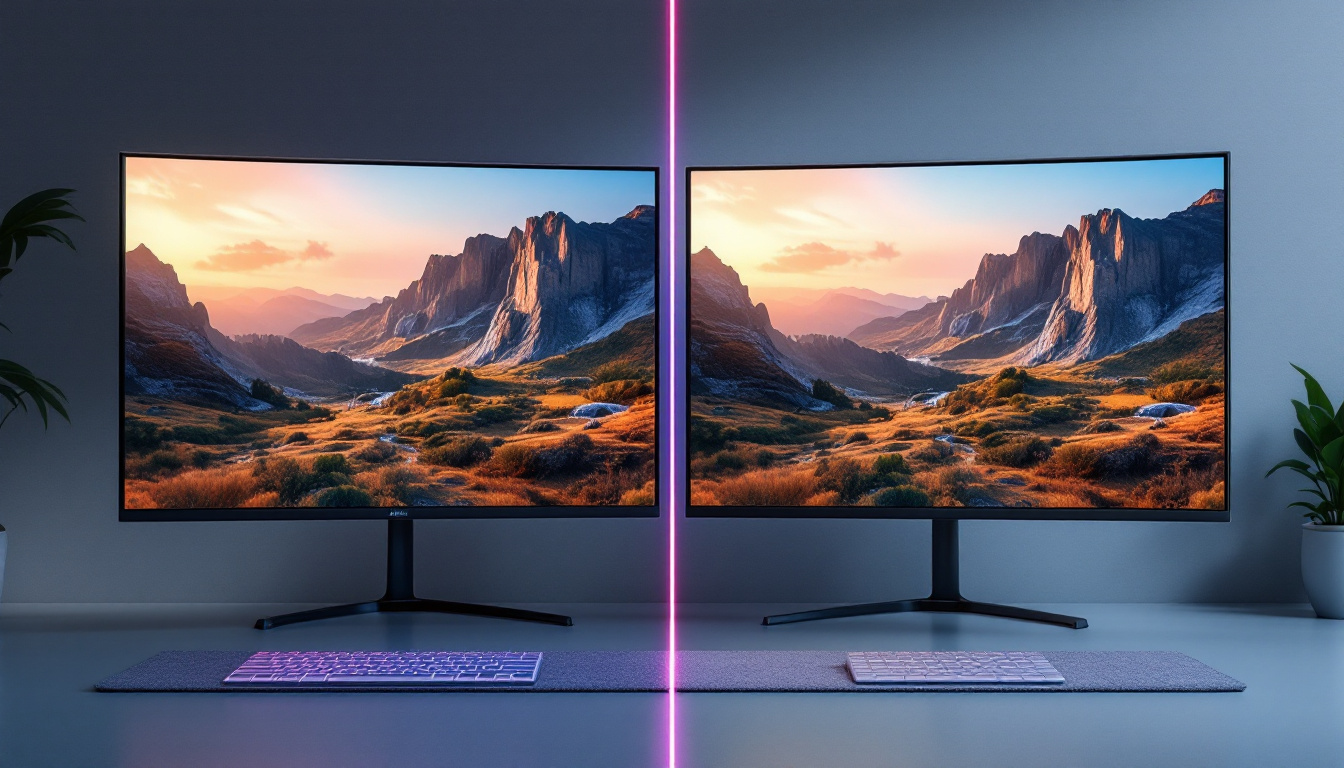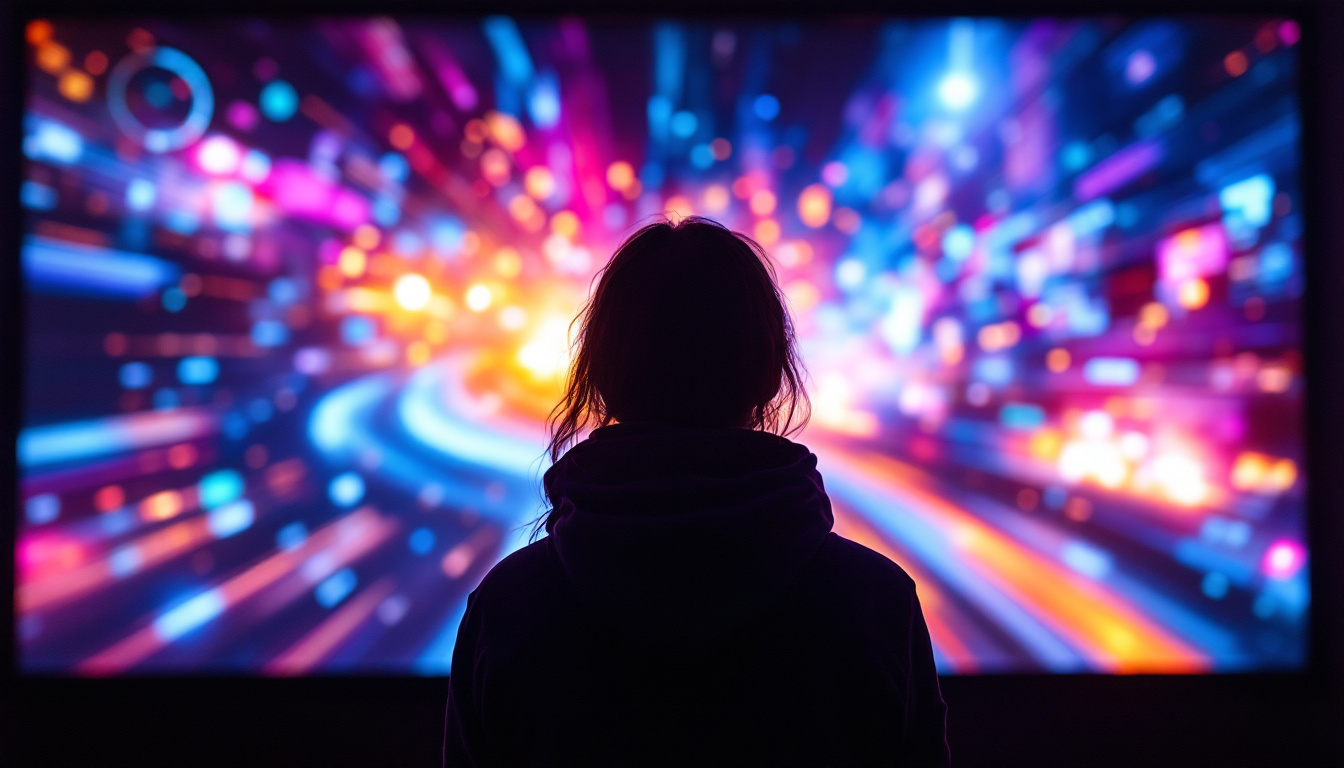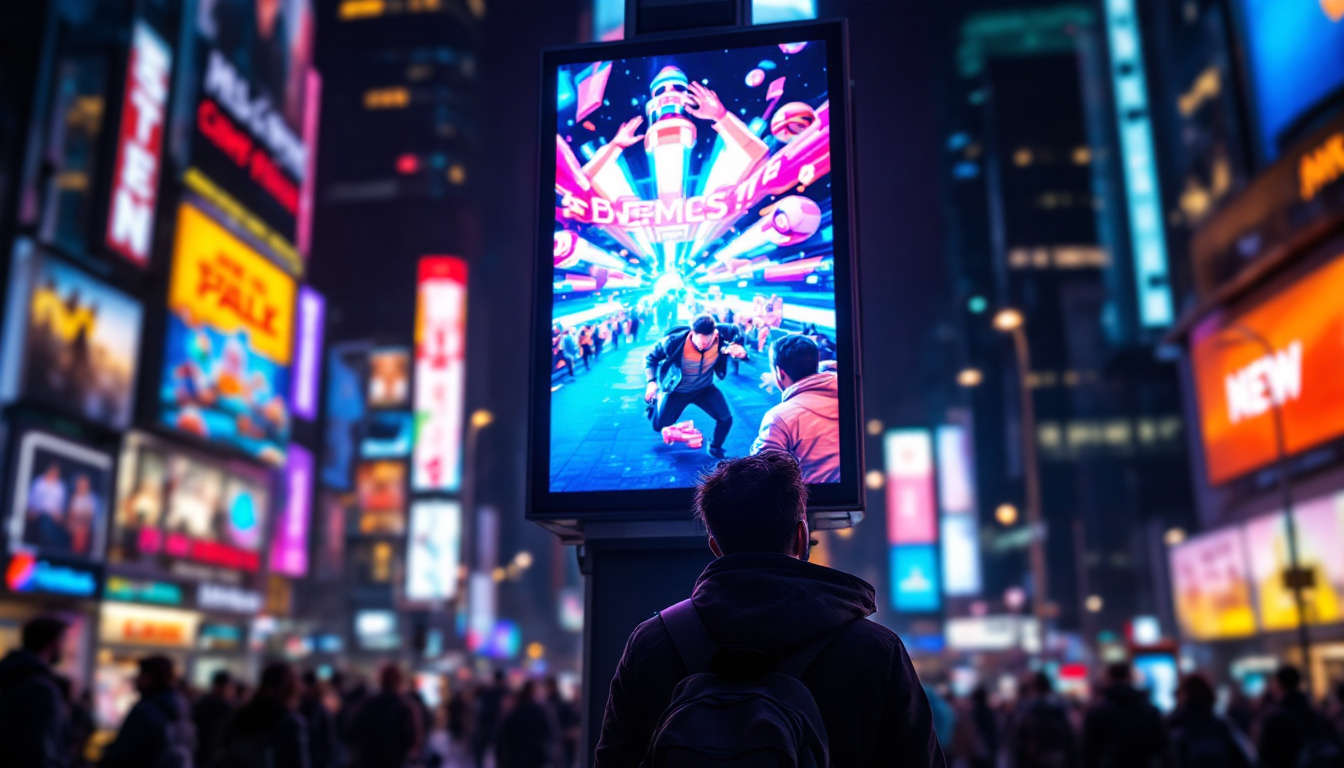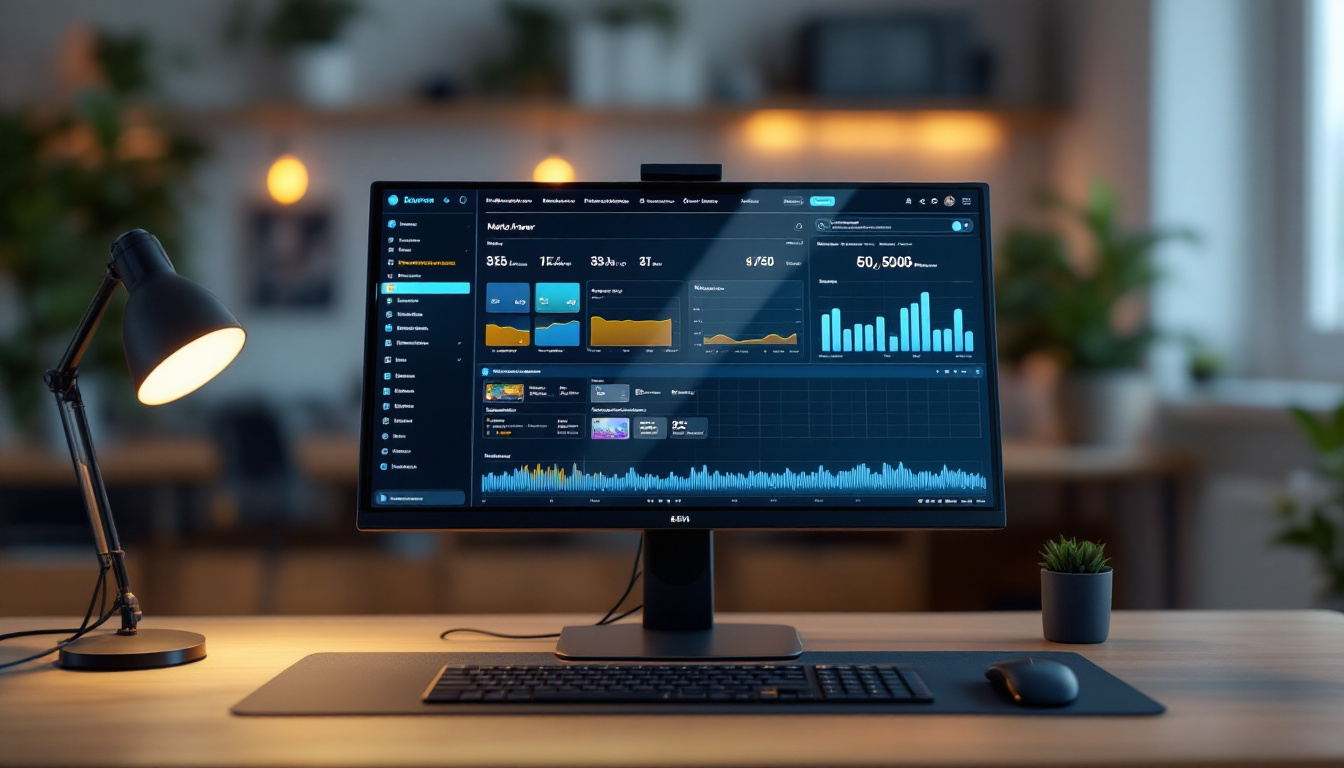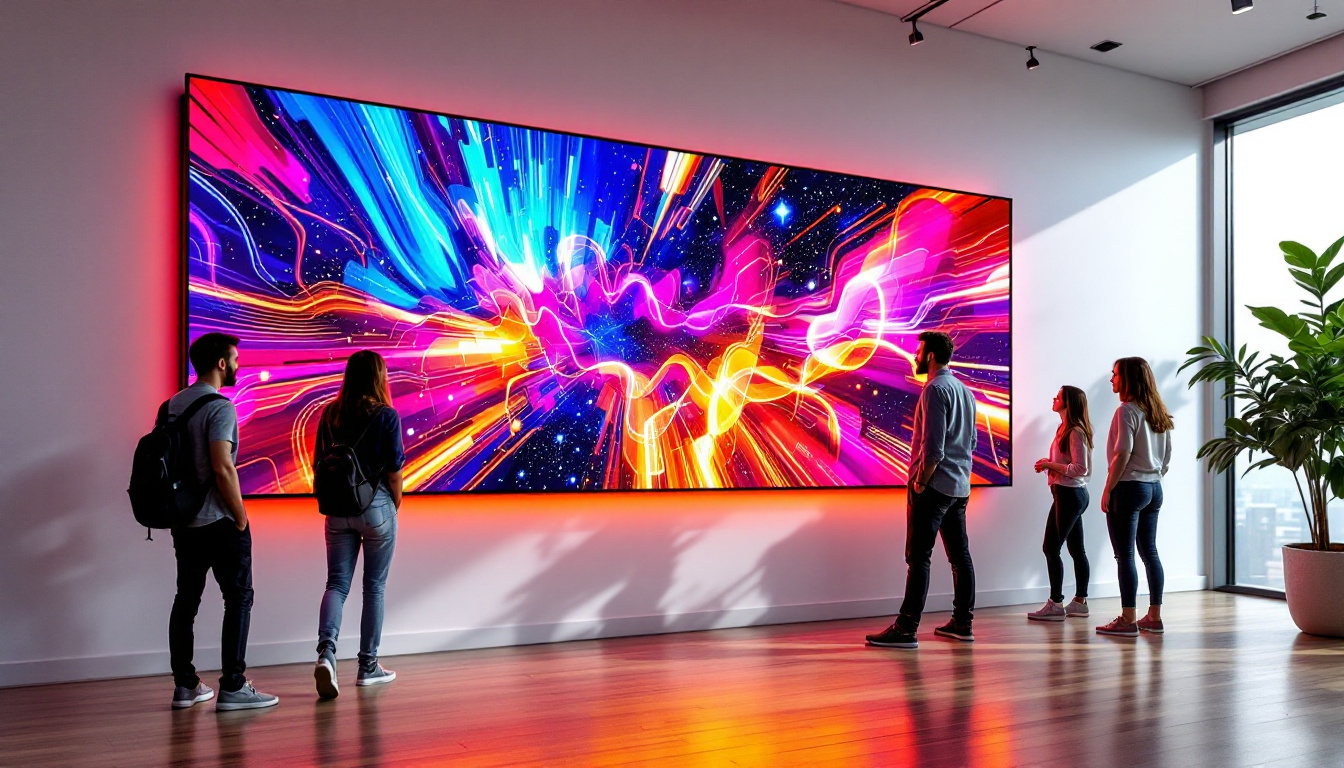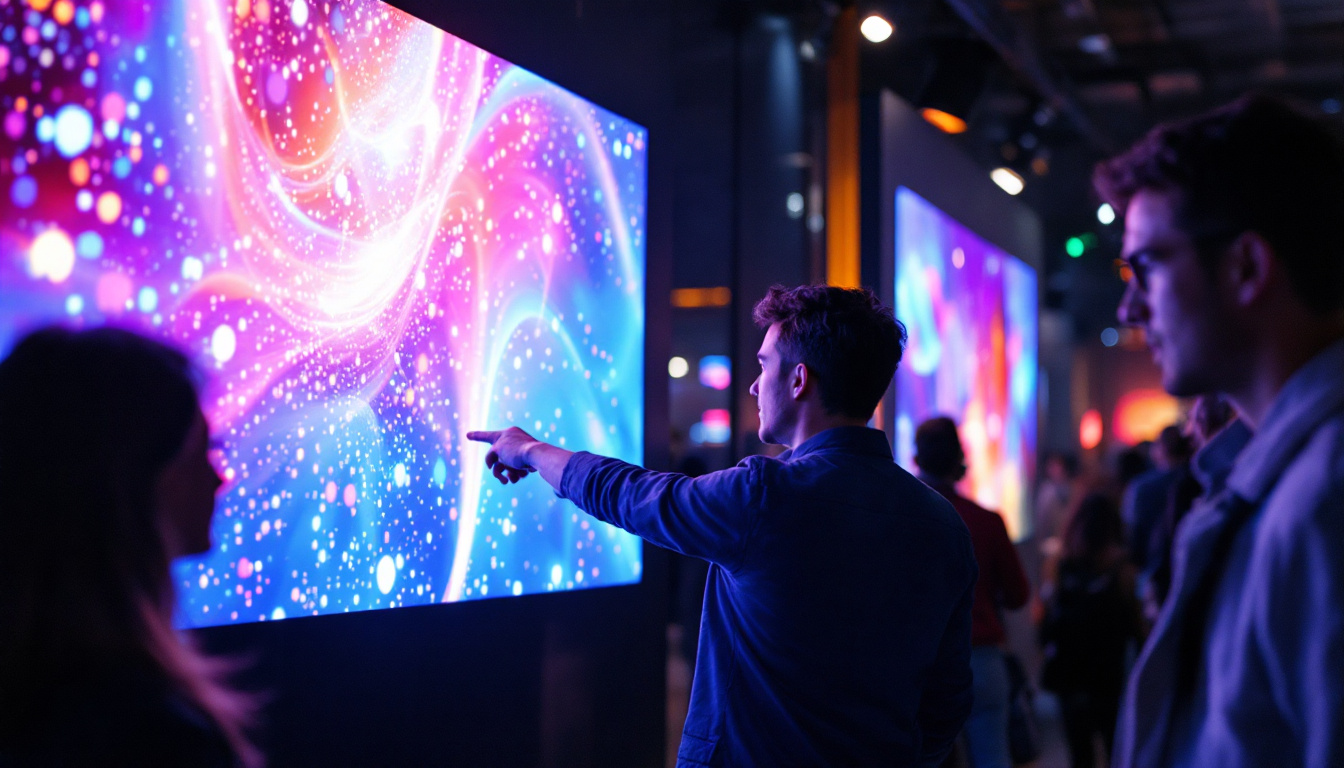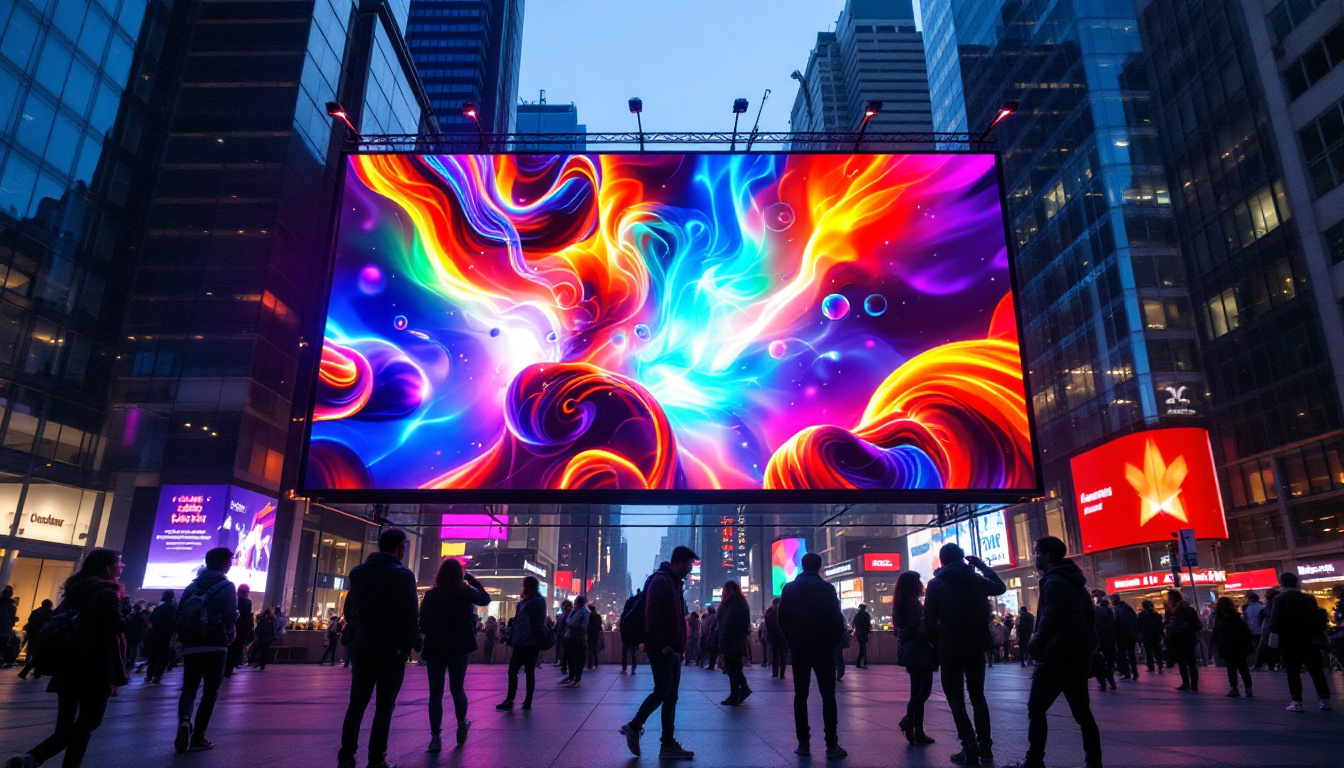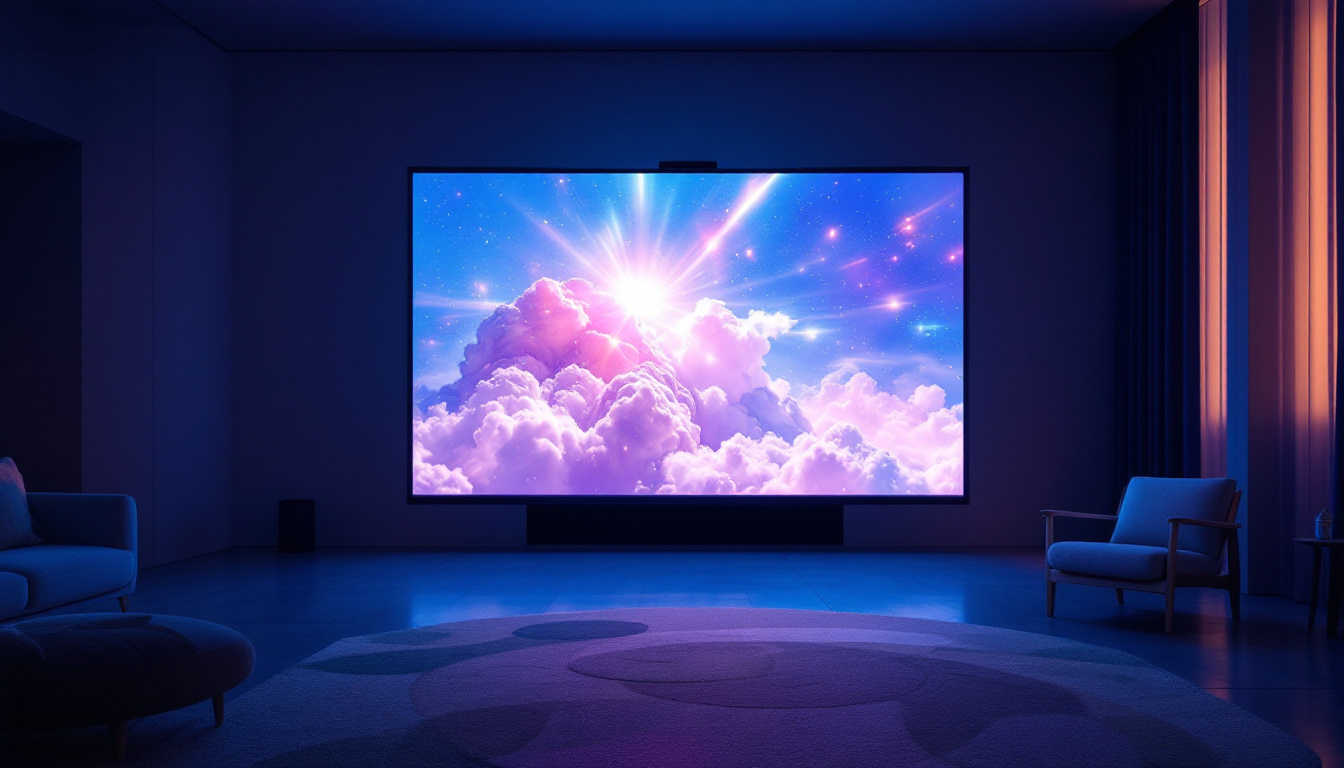In the world of modern television technology, LED displays have become the standard for delivering vibrant images and exceptional viewing experiences. Understanding how LED displays work and their advantages over other technologies can help consumers make informed decisions when purchasing a new TV. This article delves into the intricacies of LED displays, their types, advantages, and how they compare to other display technologies.
What is an LED Display?
LED stands for Light Emitting Diode, a technology that utilizes semiconductor devices to emit light when an electric current passes through them. In the context of televisions, LED displays use these diodes to create images by illuminating pixels on the screen. This technology has revolutionized the way images are produced, offering brighter, more energy-efficient, and longer-lasting displays compared to traditional CRT or LCD screens. The shift to LED technology has not only improved picture quality but has also contributed to a more sustainable approach to electronics, as these displays consume significantly less power and have a longer lifespan than their predecessors.
The Basics of LED Technology
LED displays function by using a matrix of tiny light-emitting diodes to create images. Each pixel on the screen is made up of sub-pixels that emit red, green, and blue light. By adjusting the intensity of these colors, the display can produce a wide range of colors and shades. This capability allows for deeper blacks and more vibrant colors, enhancing the overall viewing experience. Moreover, advancements in LED technology have led to features such as local dimming, where specific areas of the screen can be dimmed or brightened independently, resulting in improved contrast and detail in dark scenes.
Types of LED Displays
There are primarily two types of LED displays: Edge-lit and Direct-lit. Edge-lit LED displays have LEDs positioned along the edges of the screen, which light the display from the sides. This design allows for thinner screens but can sometimes result in uneven lighting. In contrast, Direct-lit LED displays have LEDs positioned directly behind the screen, providing more uniform brightness and better contrast ratios. Additionally, there are variations such as Full Array LED displays, which utilize a grid of LEDs behind the screen to enhance both brightness and contrast, making them ideal for high-definition content. Understanding these types can help consumers make informed decisions based on their viewing preferences and space requirements.
Advantages of LED Displays
LED displays offer several advantages that make them a popular choice among consumers. Understanding these benefits can help in appreciating why they have become the go-to option for modern televisions.
Energy Efficiency
One of the most significant advantages of LED displays is their energy efficiency. Compared to traditional LCD or plasma screens, LED displays consume less power while providing superior brightness. This efficiency not only reduces electricity bills but also contributes to a smaller carbon footprint, making them an environmentally friendly choice. Additionally, many LED displays come equipped with features such as automatic brightness adjustment, which further optimizes energy usage based on the ambient light in the room. This means that not only do consumers save on energy costs, but they also enjoy a more tailored viewing experience that adapts to their specific environment.
Brightness and Color Accuracy
LED displays are known for their exceptional brightness levels, making them suitable for viewing in various lighting conditions. The ability to produce bright images without sacrificing color accuracy is a hallmark of LED technology. This characteristic is particularly beneficial for watching movies or playing video games in well-lit rooms. Furthermore, advancements in LED technology, such as quantum dot displays, have enhanced color reproduction, allowing for a wider color gamut and more vivid imagery. This means that viewers can experience their favorite films and games with stunning realism, as colors appear more vibrant and true to life than ever before.
Longevity and Durability
LED displays typically have a longer lifespan compared to other display technologies. While traditional LCD screens may last around 30,000 hours, LED displays can last up to 100,000 hours or more, depending on usage. This longevity, coupled with their durability, makes LED displays a wise investment for consumers looking for a long-term viewing solution. Additionally, LED technology is less susceptible to burn-in, a common issue with plasma screens, which can lead to permanent image retention. This resilience ensures that users can enjoy their displays without the worry of degradation over time, making LED displays a reliable choice for both casual viewers and avid gamers alike.
Comparing LED Displays to Other Technologies
While LED displays are widely regarded as superior, it is essential to compare them with other technologies to understand their unique advantages fully. The most common alternatives include OLED and QLED displays.
LED vs. OLED
Organic Light Emitting Diode (OLED) technology is often seen as a competitor to LED displays. OLED screens offer superior contrast ratios and deeper blacks because each pixel emits its light and can be turned off completely. However, OLED displays can be more expensive and may suffer from burn-in issues over time. For consumers prioritizing picture quality and contrast, OLED might be the preferred option, while those seeking affordability and durability may lean towards LED.
LED vs. QLED
Quantum Dot LED (QLED) technology is another contender in the display market. QLED screens utilize quantum dots to enhance color and brightness, providing a wider color gamut than standard LED displays. While QLED offers impressive picture quality, it often comes at a higher price point. Consumers should weigh their budget against the desired picture quality when deciding between LED and QLED.
Understanding LED Display Specifications
When purchasing an LED display, it is crucial to understand the specifications that define its performance. Key specifications include resolution, refresh rate, and contrast ratio.
Resolution
Resolution refers to the number of pixels on the screen and is typically expressed as width x height (e.g., 1920 x 1080 for Full HD). Higher resolutions, such as 4K (3840 x 2160) or 8K (7680 x 4320), provide more detail and clarity, making them ideal for larger screens. Consumers should consider their viewing habits and the content they consume when selecting a resolution.
Refresh Rate
The refresh rate indicates how many times the screen updates per second, measured in Hertz (Hz). A higher refresh rate, such as 120Hz, results in smoother motion, which is particularly beneficial for fast-paced content like sports or action movies. While standard displays typically operate at 60Hz, higher refresh rates can enhance the viewing experience significantly.
Contrast Ratio
The contrast ratio measures the difference between the brightest white and the darkest black on the screen. A higher contrast ratio indicates better picture quality, as it allows for more detail in shadows and highlights. LED displays typically offer good contrast ratios, but consumers should also consider the ambient lighting conditions in their viewing environment.
Setting Up Your LED Display
Once an LED display has been purchased, proper setup is crucial to maximize its performance. Factors such as placement, calibration, and connectivity play significant roles in achieving the best viewing experience.
Placement and Viewing Distance
Placement of the LED display can greatly affect viewing quality. Ideally, the screen should be positioned at eye level when seated. Additionally, the distance from the viewer to the screen should correlate with the screen size and resolution. For example, a 4K display allows for closer viewing distances compared to a 1080p display, enabling a more immersive experience.
Calibration for Optimal Performance
Calibration is essential for ensuring that colors and brightness levels are accurate. Most LED displays come with preset picture modes, such as Standard, Movie, or Vivid. However, for the best results, manual calibration may be necessary. This can involve adjusting settings such as brightness, contrast, color temperature, and sharpness to suit personal preferences and viewing environments.
Connectivity Options
Modern LED displays come equipped with various connectivity options, including HDMI, USB, and Wi-Fi. HDMI is the most common connection for high-definition devices, while USB ports can be used for media playback. Smart LED displays often feature built-in Wi-Fi, allowing users to stream content directly from the internet. Ensuring compatibility with existing devices and considering future needs can enhance the overall viewing experience.
Maintaining Your LED Display
To ensure the longevity and performance of an LED display, regular maintenance is essential. Simple care practices can help keep the display in optimal condition.
Cleaning the Screen
Dust and fingerprints can accumulate on the screen, affecting picture quality. To clean an LED display, it is advisable to use a microfiber cloth and a gentle cleaning solution specifically designed for screens. Avoid using harsh chemicals or abrasive materials, as these can damage the display.
Software Updates
For smart LED displays, keeping the software up to date is crucial for optimal performance and security. Manufacturers often release firmware updates that enhance functionality and fix bugs. Regularly checking for updates can ensure that the display operates smoothly and takes advantage of the latest features.
Proper Usage Practices
To prolong the life of an LED display, it is essential to practice proper usage. Avoid leaving static images on the screen for extended periods, as this can lead to image retention. Additionally, using power-saving modes when the display is not in use can help reduce wear and tear.
Conclusion
LED displays have transformed the way viewers experience television, offering vibrant colors, energy efficiency, and longevity. By understanding the technology behind LED displays, their advantages, and how they compare to other technologies, consumers can make informed decisions when purchasing a new television. Proper setup and maintenance can further enhance the viewing experience, ensuring that the investment in an LED display pays off for years to come.
Discover LumenMatrix LED Display Solutions
Ready to elevate your viewing experience with the latest in LED technology? Look no further than LumenMatrix, a pioneer in crafting exceptional LED display modules that bring your content to life. Whether you’re in need of an Indoor LED Wall Display for your business, an Outdoor LED Wall Display for advertising, or any of our other innovative solutions like Vehicle LED Displays and Custom LED Displays, LumenMatrix has you covered. Our mission is to transform visual communication with displays that captivate and engage. Check out LumenMatrix LED Display Solutions today and see how we can help you make a powerful statement with unparalleled clarity and impact.

